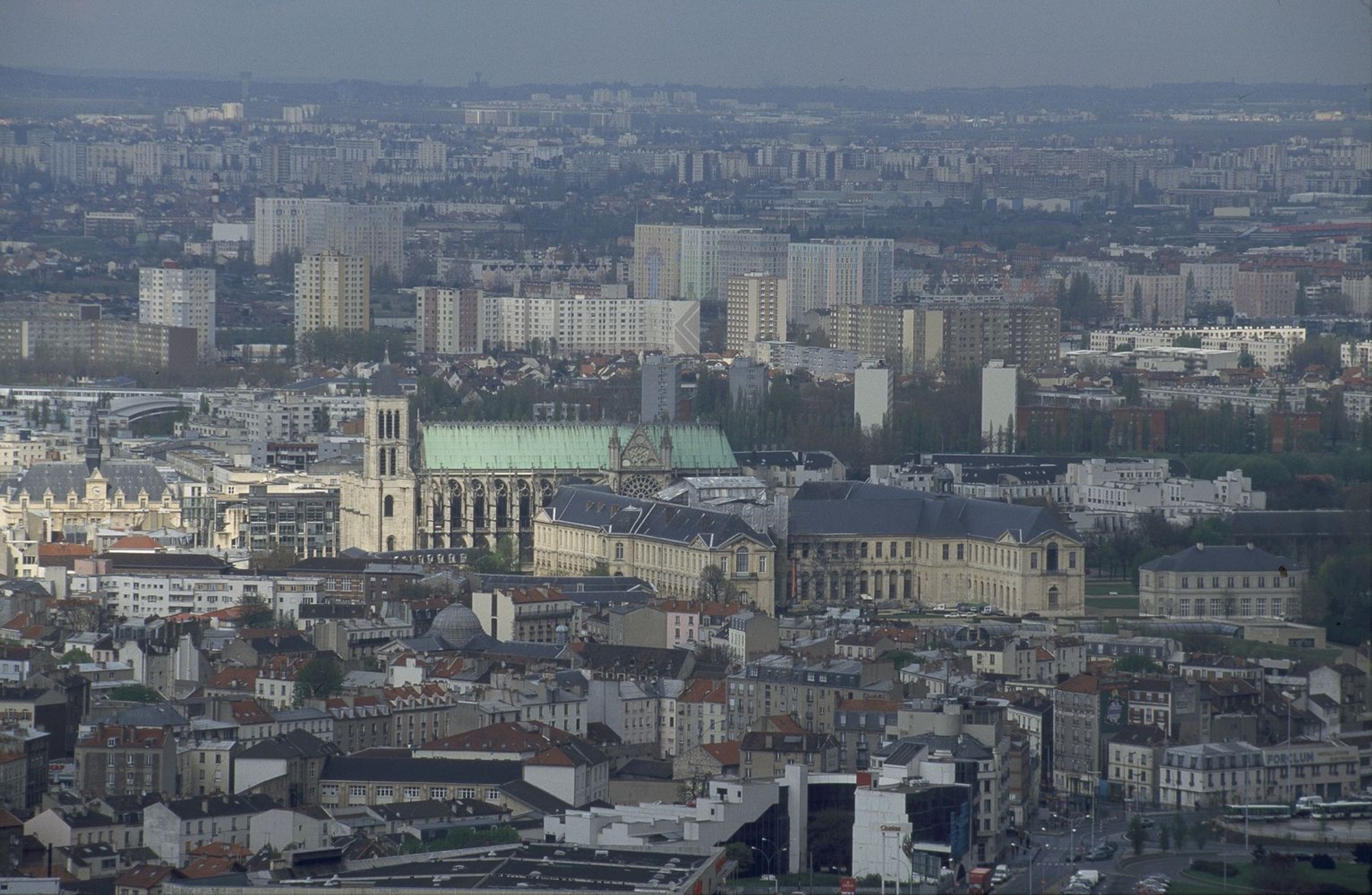- Home
- The town and the abbey
- From the industrial town to the town of today
- The industrial town
- The Meissonnier dye factory
Shot of the cellar of the Meissonnier factory, 1850s. © UASD / M. Wyss.
In the 1856 directory for the town of Saint-Denis, Charles Meissonnier was listed as the owner of "a factory producing dye-wood extracts and chemical products, cyanides for French Blue, tin oximuriate, ammoniacal cochineal, potassium hydrate, diverse mordants, salt for rose, dye-woods in logs, chips, shavings and powders, dye-wood extracts, extracts of sorrel, indigo carmine, colors". Meissonnier was awarded silver medals on two occasions, at the Universal Exhibitions in London in 1851 and in Paris in 1855.
The factory, which was founded in the early 1850s, was built on the banks of the Seine, on the site of the old port of Saint-Denis. Two building wings face each other on a large rectangular plot of land that extends perpendicular to the course of the river. A vast cellar lies beneath the southern wing. The main room, with its eleven bays, measures 60 meters long by nearly 10 meters wide. It is divided down the middle by ten square pillars that support the ribs of the vaulting. A smaller room extends beneath the side rear-building. A third room acts as a corridor between the two rooms. It is not vaulted and thus could have held a staircase or, more likely, a hoisting machine. The construction used freestone, and the functional architecture of this basement suggests a warehouse for storing merchandise.

